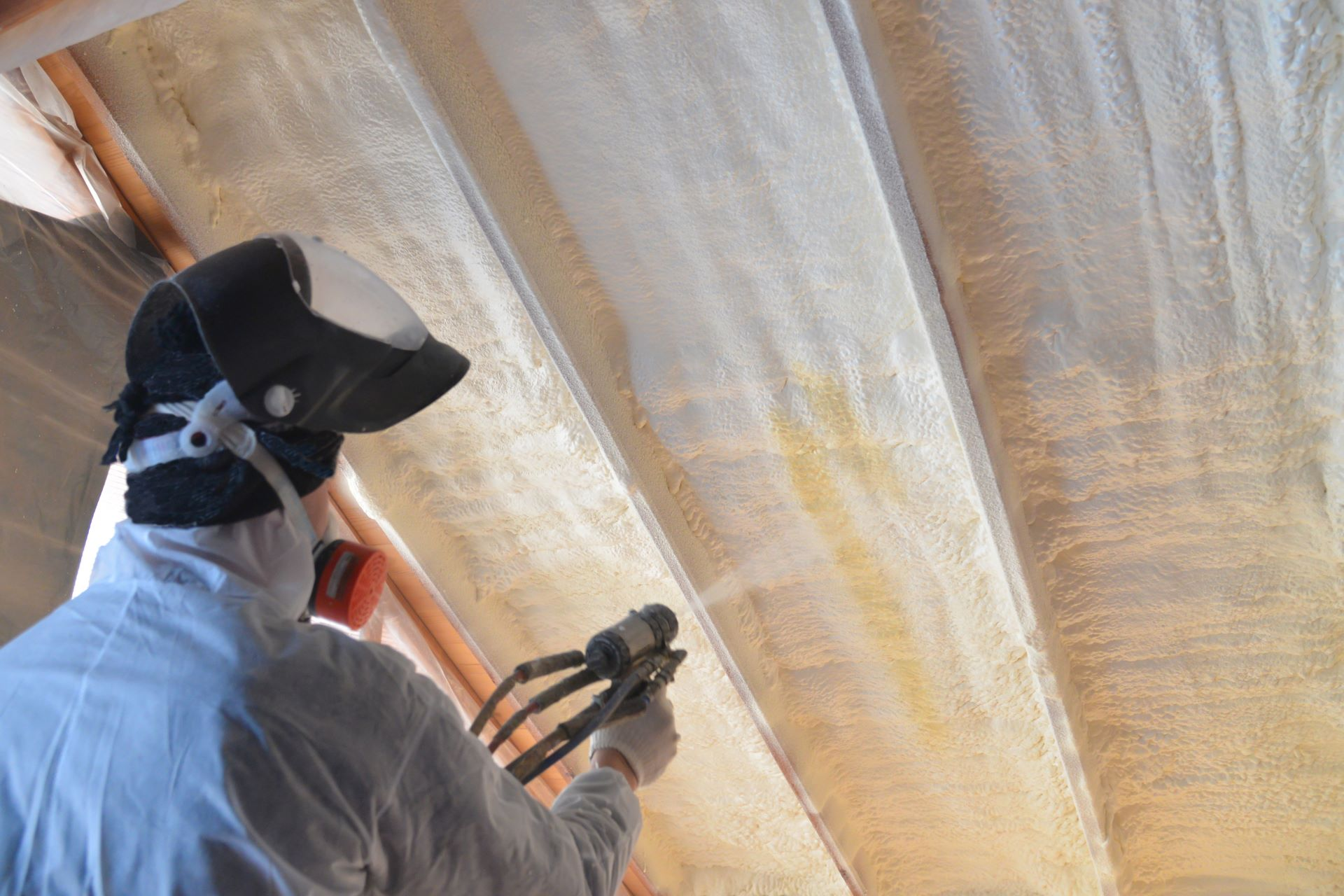
Choosing the right insulation impacts energy efficiency, indoor comfort, and long-term savings. Homeowners and builders often compare spray foam insulation with traditional options like fiberglass and cellulose. While upfront costs can differ significantly, long-term factors such as energy savings, durability, and maintenance expenses play a crucial role in determining overall value.
This guide breaks down the cost-effectiveness of spray foam versus traditional insulation by examining installation costs, energy efficiency, lifespan, and other key factors.
Spray foam is a chemical-based insulation applied as a liquid that expands into a solid, creating an air-tight seal. It comes in two types:
| Insulation Type | Material Cost per Sq. Ft. | Installation Cost per Sq. Ft. | Total Estimated Cost per Sq. Ft. |
|---|---|---|---|
| Open-Cell Spray Foam | $0.40 – $0.65 | $1.00 – $1.50 | $1.40 – $2.15 |
| Closed-Cell Spray Foam | $1.00 – $1.50 | $1.25 – $1.75 | $2.25 – $3.25 |
| Fiberglass | $0.30 – $0.60 | $0.50 – $1.00 | $0.80 – $1.60 |
| Cellulose | $0.50 – $0.80 | $0.70 – $1.20 | $1.20 – $2.00 |
| Mineral Wool | $0.50 – $1.00 | $0.75 – $1.50 | $1.25 – $2.50 |
Spray foam has a higher upfront cost than fiberglass or cellulose. However, it provides a tighter seal, reducing air leaks and improving energy efficiency.
R-value measures a material’s ability to resist heat flow. A higher R-value means better insulation performance.
Due to its superior R-value, spray foam often reduces energy bills by 30–50%, whereas traditional insulation typically provides savings of 10–25%.
Spray foam outlasts most traditional insulation materials, reducing the need for reinstallation.
One of spray foam’s key advantages is its ability to act as an air barrier. Traditional insulation materials do not seal air gaps effectively, leading to heat loss and drafts.
| Feature | Spray Foam | Fiberglass | Cellulose | Mineral Wool |
|---|---|---|---|---|
| Air Barrier | Yes | No | Partially | No |
| Moisture Resistance | High | Low | Moderate | High |
| Mold Resistance | High | Low | Moderate | High |
Homes insulated with spray foam experience fewer drafts, reducing strain on heating and cooling systems.
While spray foam has a higher initial investment, the savings in energy bills, reduced HVAC wear, and longevity often make up for the cost.
Each insulation type has advantages and disadvantages depending on climate, home size, and budget. If long-term savings, durability, and energy efficiency are priorities, spray foam is a strong investment. For lower upfront costs, fiberglass or cellulose might be suitable.
For tailored recommendations and a professional assessment, contact D&D Insulation LLC at (903) 389-5705 or email [email protected]. Our experts can help you choose the best insulation for your property.
Yes, if energy savings, durability, and air sealing are priorities. The initial cost is higher, but long-term savings often justify the investment.
Professional installation is recommended due to the need for specialized equipment and safety considerations.
Closed-cell spray foam acts as its own vapor barrier, while open-cell may require an additional layer in some climates.
Spray foam provides better thermal resistance and air sealing, making it more effective in extreme climates.
Yes, open-cell spray foam has good sound-dampening properties, though mineral wool is typically better for noise control.
Once cured, spray foam is safe. Proper ventilation is required during installation to avoid exposure to chemicals.
Yes, but installation involves drilling small access holes for application.
No, it does not provide food or nesting material for rodents or insects.
High energy bills, uneven temperatures, and drafts indicate poor insulation.
Homes with spray foam insulation often have higher resale values due to energy efficiency and reduced maintenance costs.